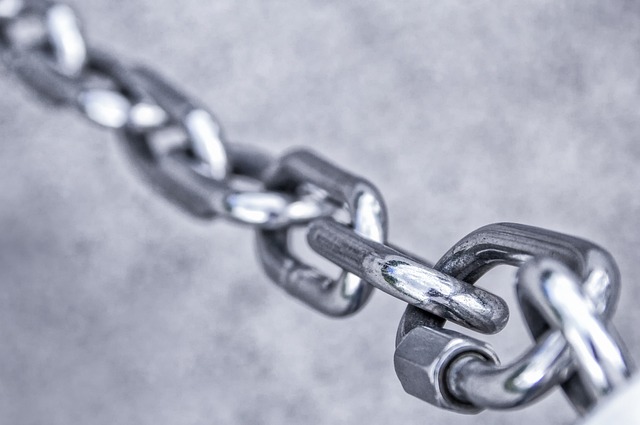
“Mastering Multi-Factor Authentication (MFA): Safeguarding Your Security”
Mastering Multi-Factor Authentication (MFA): Safeguarding Your Security
In a world where cyber threats are evolving at a breakneck pace, the need for robust security measures is more critical than ever. Enter multi-factor authentication (MFA)—a fundamental pillar in safeguarding your online presence. As we increasingly rely on digital platforms for both personal and professional purposes, understanding and implementing MFA can empower you to take control of your security.
What is Multi-Factor Authentication (MFA)?
Multi-factor authentication (MFA) is a security process that requires users to provide two or more forms of verification before gaining access to an account or system. Typically, this involves a combination of something you know (like a password), something you have (like a smartphone or a hardware token), and something you are (like a fingerprint or other biometric data). This layered approach dramatically reduces the risk of unauthorized access, making it much harder for cybercriminals to breach your accounts.
Why Do You Need MFA?
Imagine this scenario: you’ve just finished a long day at work, and you settle down to check your emails at home. You enter your password, and to your surprise, you discover your account has been hacked. In today’s digital age, this is a stark reality for many people. Passwords can be leaked, guessed, or stolen, and relying solely on them is like locking your front door but leaving the window wide open.
By implementing multi-factor authentication (MFA), you add an extra layer of defense that significantly enhances your security. Even if a hacker obtains your password, they will still be unable to access your account without the second (or third) factor of authentication.
Common Types of MFA
- SMS or Email Codes: After entering your password, you receive a text or email with a one-time code that you must enter to gain access.
- Authenticator Apps: Applications like Google Authenticator or Authy generate time-sensitive codes that you enter after your password.
- Biometric Verification: This includes fingerprint scanners, facial recognition, or iris scans that provide a unique way to verify your identity.
- Hardware Tokens: Small devices that generate a one-time password which can be used for MFA purposes.
Implementing MFA: Best Practices
While enabling multi-factor authentication (MFA) is critical, how you implement it can make all the difference. Here are a few best practices to consider:
- Choose the Right Method: Depending on your needs and the sensitivity of the information you’re protecting, select a method that balances security with convenience.
- Enable MFA Everywhere: Don’t just limit MFA to your email. Implement it on all accounts that support it, including social media, banking, and cloud services.
- Keep Your Recovery Options Updated: Ensure that your recovery email or phone number is accessible and secure; this is vital for regaining access should you forget your credentials.
- Be Cautious with SMS: While SMS is a commonly used method for MFA, it can be vulnerable to certain attacks. Whenever possible, opt for authenticator apps or hardware tokens.
Overcoming Barriers
Adopting multi-factor authentication (MFA) can sometimes feel like an added inconvenience, especially when you’re in a rush. However, consider this: the few extra seconds spent entering a code may save you hours—if not days—of dealing with the fallout of a security breach. Evaluating your security needs versus the occasional frustration of MFA can turn the narrative in your favor.
The peace of mind that comes from knowing your accounts are significantly more secure is a reward that far outweighs the inconvenience of MFA. The digital world is fraught with risks, but with multi-factor authentication (MFA), you can fortify your defenses and navigate it with confidence.



